Get a Shaw Certificate of Authenticity for your painting (COA) for your Shaw drawing.
For all your Shaw artworks you need a Certificate of Authenticity (COA) in order to sell, to insure or to donate for a tax deduction.
Getting a Shaw Certificate of Authenticity (COA) is easy. Just send us photos and dimensions and tell us what you know about the origin or history of your Shaw painting or drawing.
If you want to sell your Shaw painting or drawing use our selling services. We offer Shaw selling help, selling advice, private treaty sales and full brokerage.
We have been authenticating Shaw and issuing certificates of authenticity since 2002. We are recognized Shaw experts and Shaw certified appraisers. We issue COAs and appraisals for all Shaw artworks.
Our Shaw paintings and drawings authentications are accepted and respected worldwide.
Each COA is backed by in-depth research and analysis authentication reports.
The Shaw certificates of authenticity we issue are based on solid, reliable and fully referenced art investigations, authentication research, analytical work and forensic studies.
We are available to examine your Shaw painting or drawing anywhere in the world.
You will generally receive your certificates of authenticity and authentication report within two weeks. Some complicated cases with difficult to research Shaw paintings or drawings take longer.
Our clients include Shaw collectors, investors, tax authorities, insurance adjusters, appraisers, valuers, auctioneers, Federal agencies and many law firms.
Joshua Shaw (1776-1860)
Do you think you may own a painting by Joshua Shaw?
We perform Joshua Shaw art authentication, appraisal, certificates of authenticity (COA), analysis, research, scientific tests, full art authentications. We will help you sell your Joshua Shaw or we will sell it for you.

Joshua Shaw was an early American painter born in Lincolnshire, England, and is also credited as Joshua H. Shaw. He is credited as being a driving force in the emergence of landscape painting in America. As a young man, Shaw was apprenticed to a house and sign painter, and developed an interest in the arts. Despite the fact that he was mainly a self taught artist, Shaw regularly exhibited his paintings in both the British Institution and the Royal Academy from 1805 to 1812.
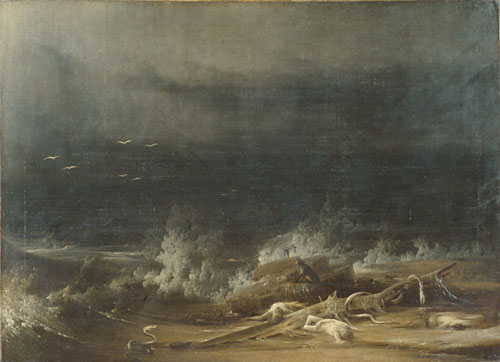
In 1817, Shaw immigrated to the United States and settled in Philadelphia. He was very active in the artistic community, and was primarily a landscape painter. Shaw helped to found the Artists and Amateur Association as well as the Artists’ Fund Society.
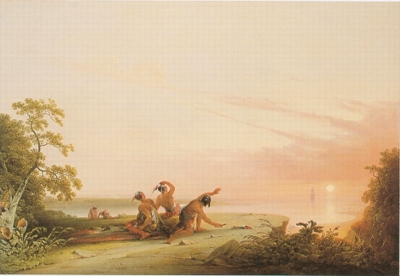
Like other British landscape artists that came to America in the late 18th and early 19th centuries, Shaw’s landscapes had a distinctly English flavor. Shaw’s paintings of rolling cattle-covered hills could have easily been of the English countryside or of the outskirts of Philadelphia. Some art historians have compared his work to other British landscape painters like Richard Wilson and French artist Claude Lorraine.
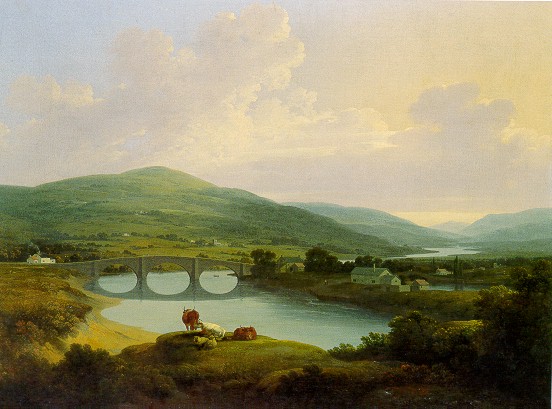
However calculated his paintings may have seemed, they were beautifully executed and showed a very mature style for a self taught artist. Art historians now praise Shaw as being one of the leading figures in American landscape art, and think that he was very progressive in his style, and in touch with current styles and tastes of his time. Shaw has been hailed by critics for his used of color, reminiscent of the way that the Dutch masters used pinks, blues and yellows to create a soft, yet clear atmosphere.

While living in England, it is said that he did not just paint landscapes, but also created genre pieces and portraits and signed his work “J. Shaw.” It is possible that he painted portraits and still life paintings in America as well, but the bulk of his oeuvre consists of landscapes, and to find anything else by Shaw’s hand would be a rare find. Shaw did not just paint in oil, but also created watercolors, some of which were engraved in aquatint and published by John Hill in “Picturesque Views of American Scenery” in 1820.
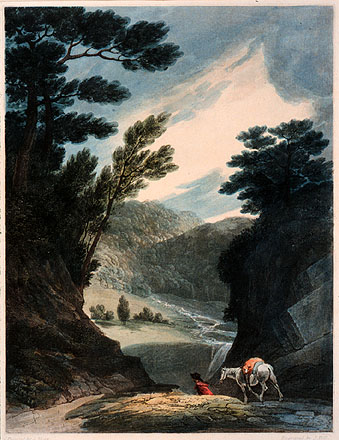
Towards the end of his life, Shaw moved from Philadelphia to Bordentown, New Jersey. All through his career, he traveled extensively, especially all along the eastern coast of the United States. However, it is said that he had a difficult time selling his paintings to support himself, and sadly died in poverty.
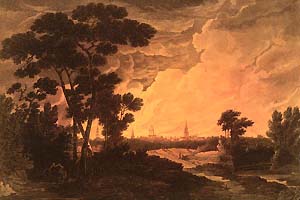
Today, Shaw’s paintings are housed all over New England and Great Britain, and perhaps in your own home. Still wondering about an early American landscape painting hanging in your home? Contact is…it could be by Joshua Shaw.
Reviews
1,217 global ratings
5 Star
4 Star
3 Star
2 Star
1 Star
Your evaluation is very important to us. Thank you.
